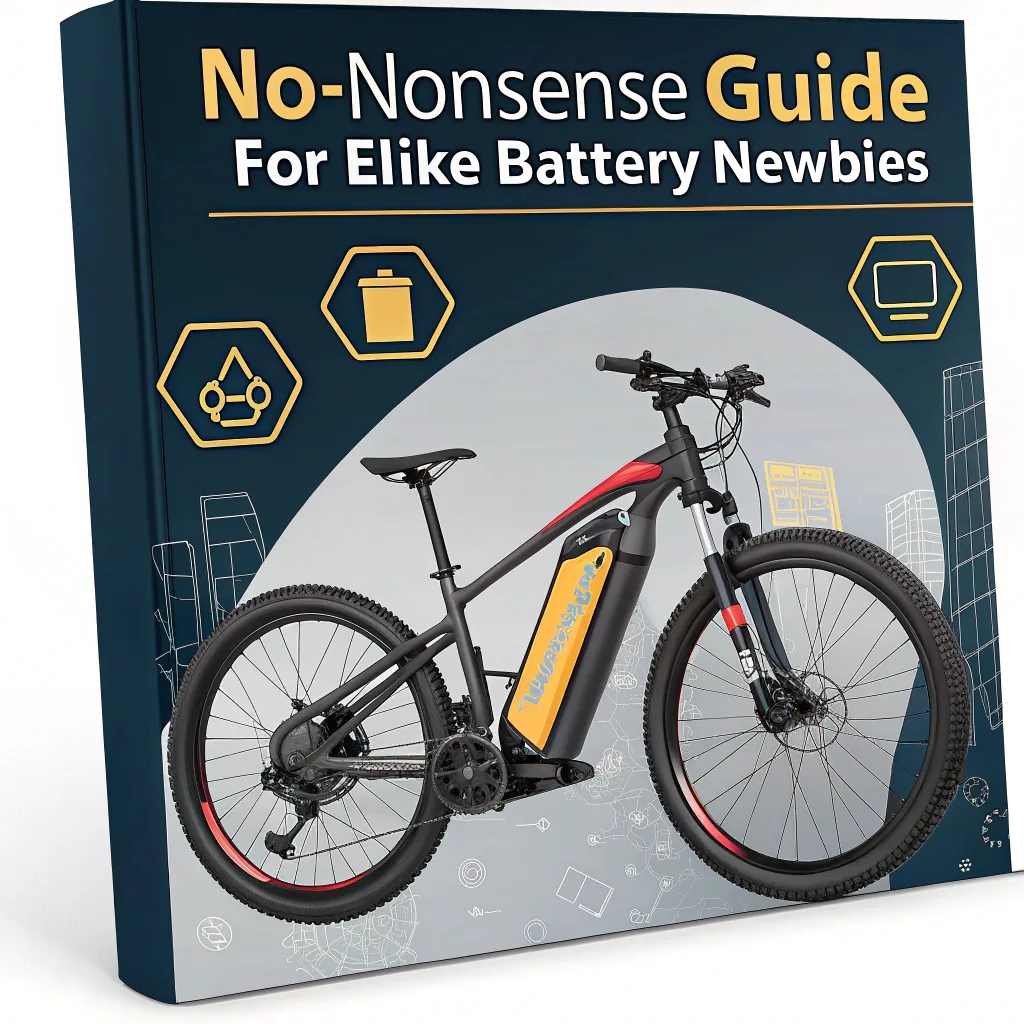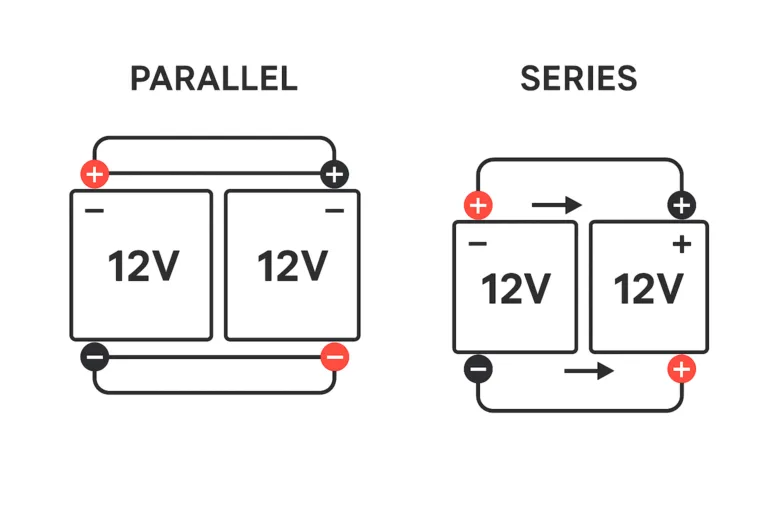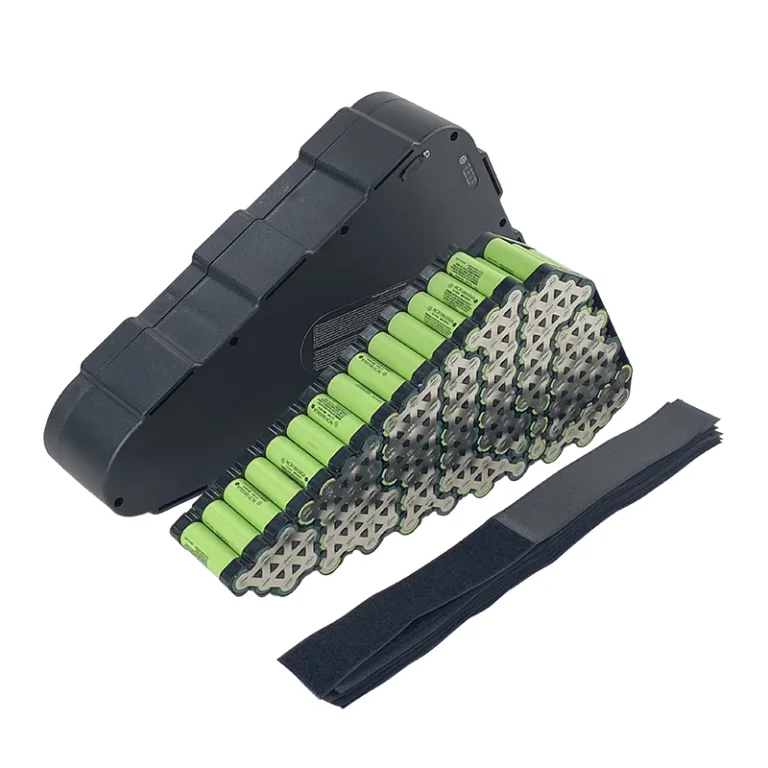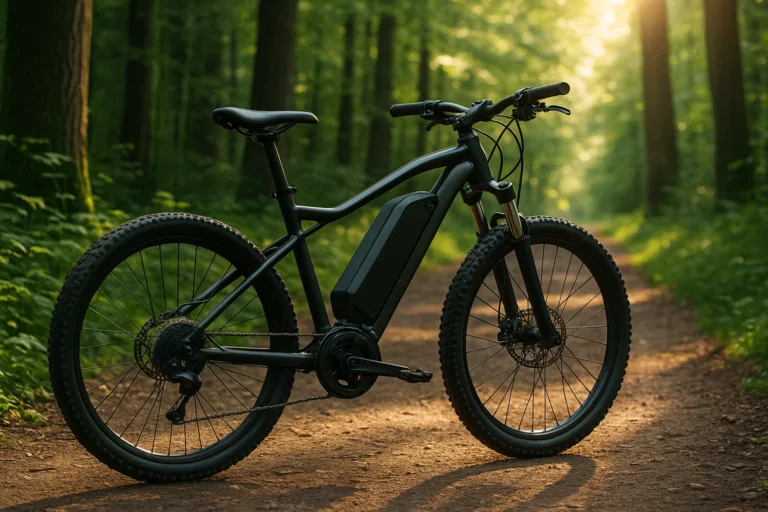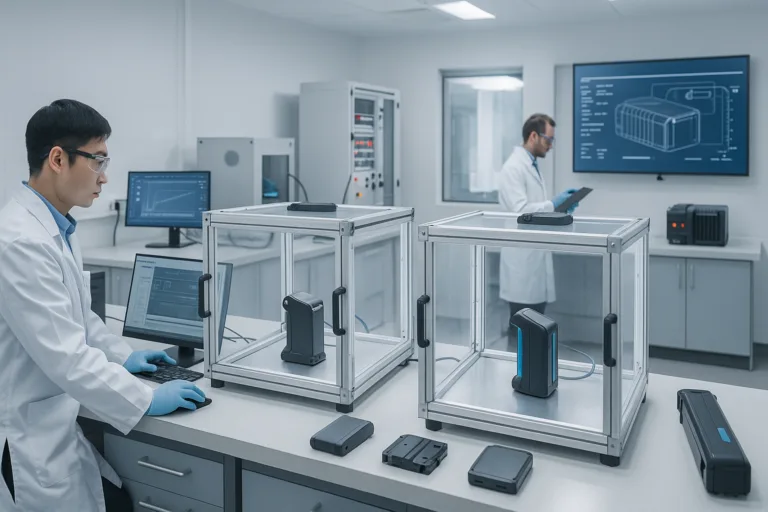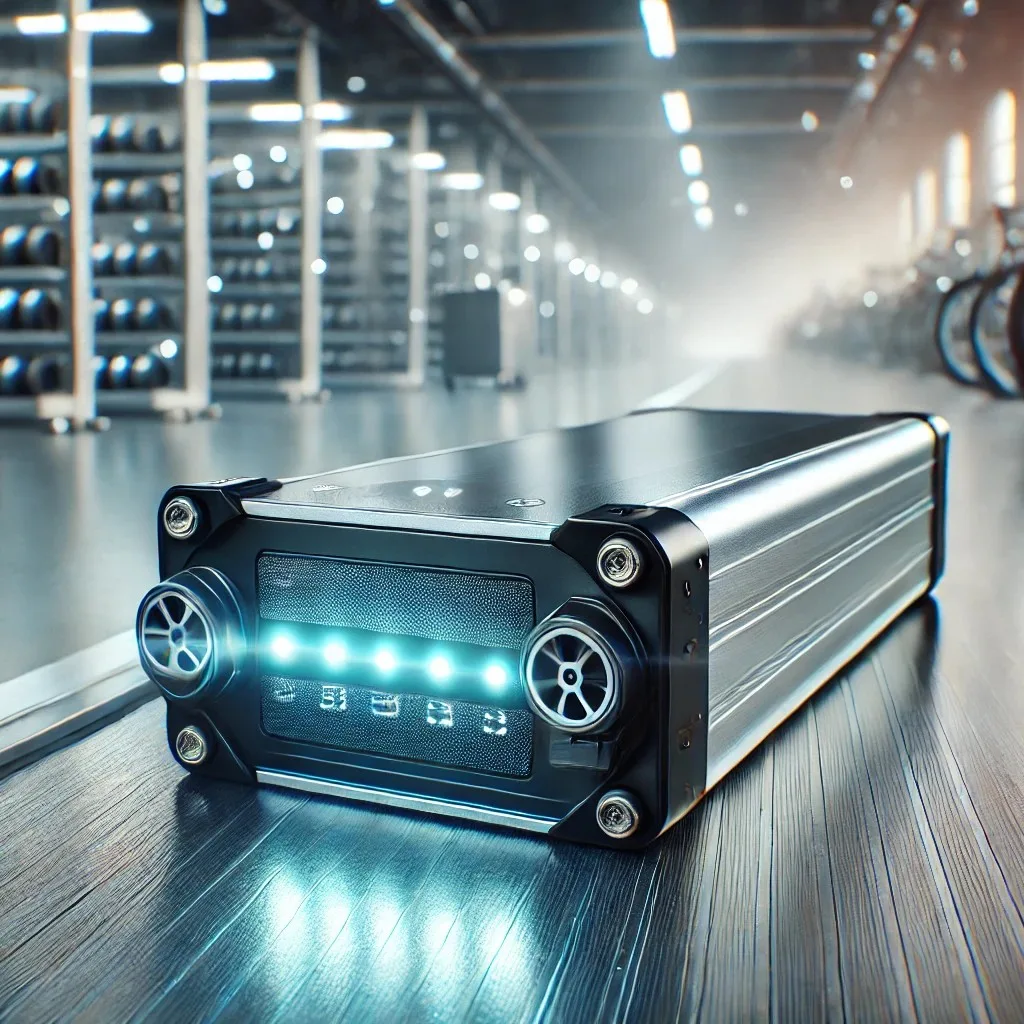
Finding reliable 18650 battery information can be confusing. You might struggle with unclear specs, conflicting data, or overly technical descriptions, making battery selection a frustrating task.
18650 battery specifications include size (18mm x 65mm), voltage (3.7V nominal), capacity (usually 1800–3500mAh), chemistry (Li-ion), continuous discharge rate, and cycle lifespan (300–800 cycles).
I've often encountered customers confused by unclear battery descriptions. Let me clearly explain these specs, ensuring your next purchase meets your exact requirements.
What Are the Technical Specifications of an 18650 Battery?
Understanding technical specifications helps you choose the right battery without confusion.
Technical specs of an 18650 battery1 include nominal voltage (3.7V), fully-charged voltage (4.2V), discharge cut-off voltage (~2.5–3.0V), capacity (typically 1800–3500mAh), and standard discharge rates (usually between 5A and 20A continuous).
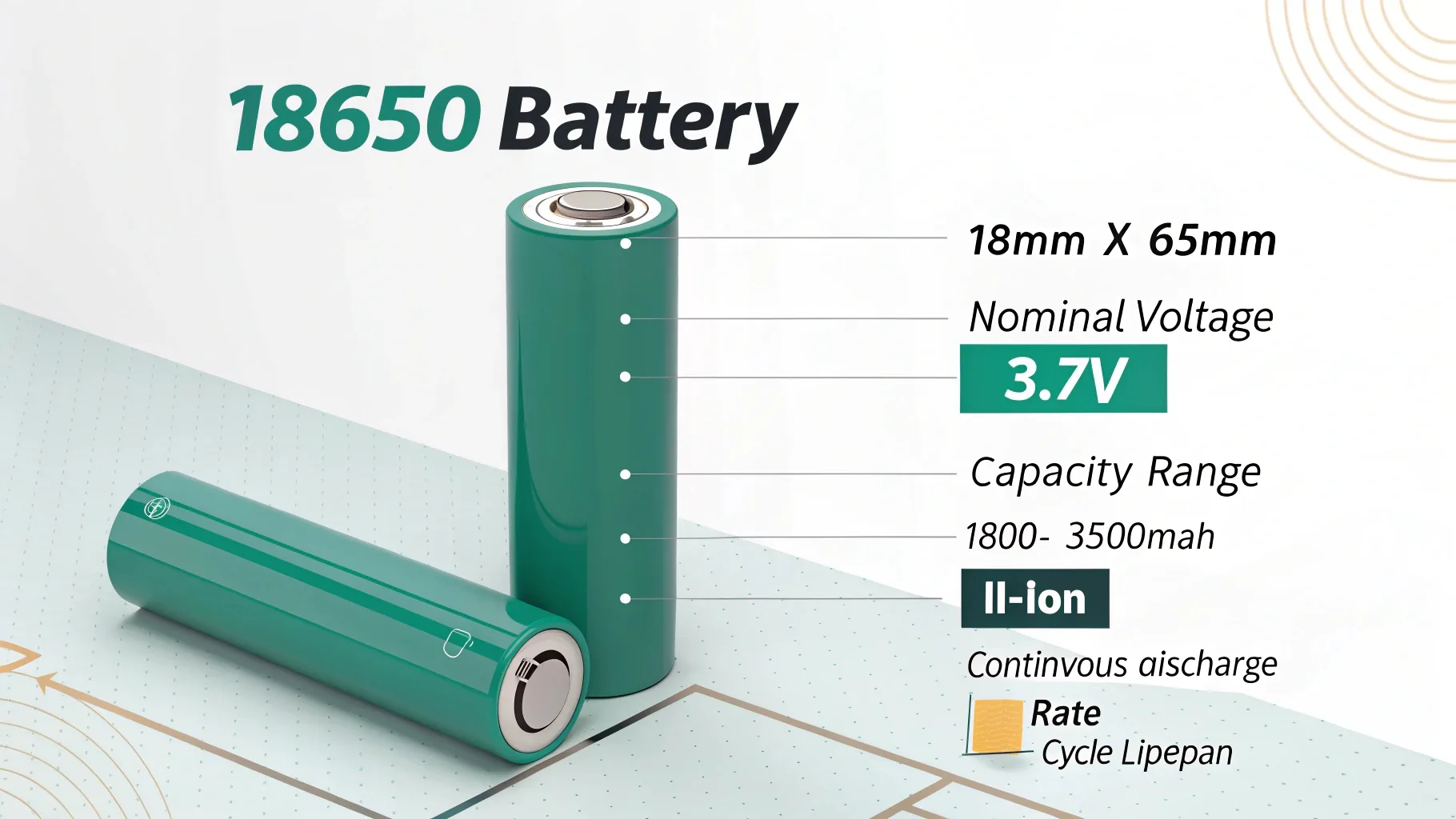
Dive Deeper into Technical Specs:
Let's break down the main technical specs clearly:
| Specification | Typical Value | Importance |
|---|---|---|
| Nominal Voltage | 3.7 volts | Defines battery compatibility |
| Max Voltage | 4.2 volts (fully charged) | Determines charge levels |
| Min Voltage (cut-off) | 2.5–3.0 volts | Prevents damage from over-discharge |
| Capacity | 1800mAh–3500mAh | Indicates battery life |
| Continuous Discharge | 5A–20A | Influences power output |
These details guide you to the right choice, ensuring safety, compatibility, and performance.
What Is the Description of an 18650 Battery?
You might wonder what exactly makes an 18650 battery special.
An 18650 battery is a cylindrical lithium-ion cell measuring 18mm by 65mm. Known for high energy density, it is widely used in e-bikes, laptops, power tools, and electric vehicles due to its reliability and performance.
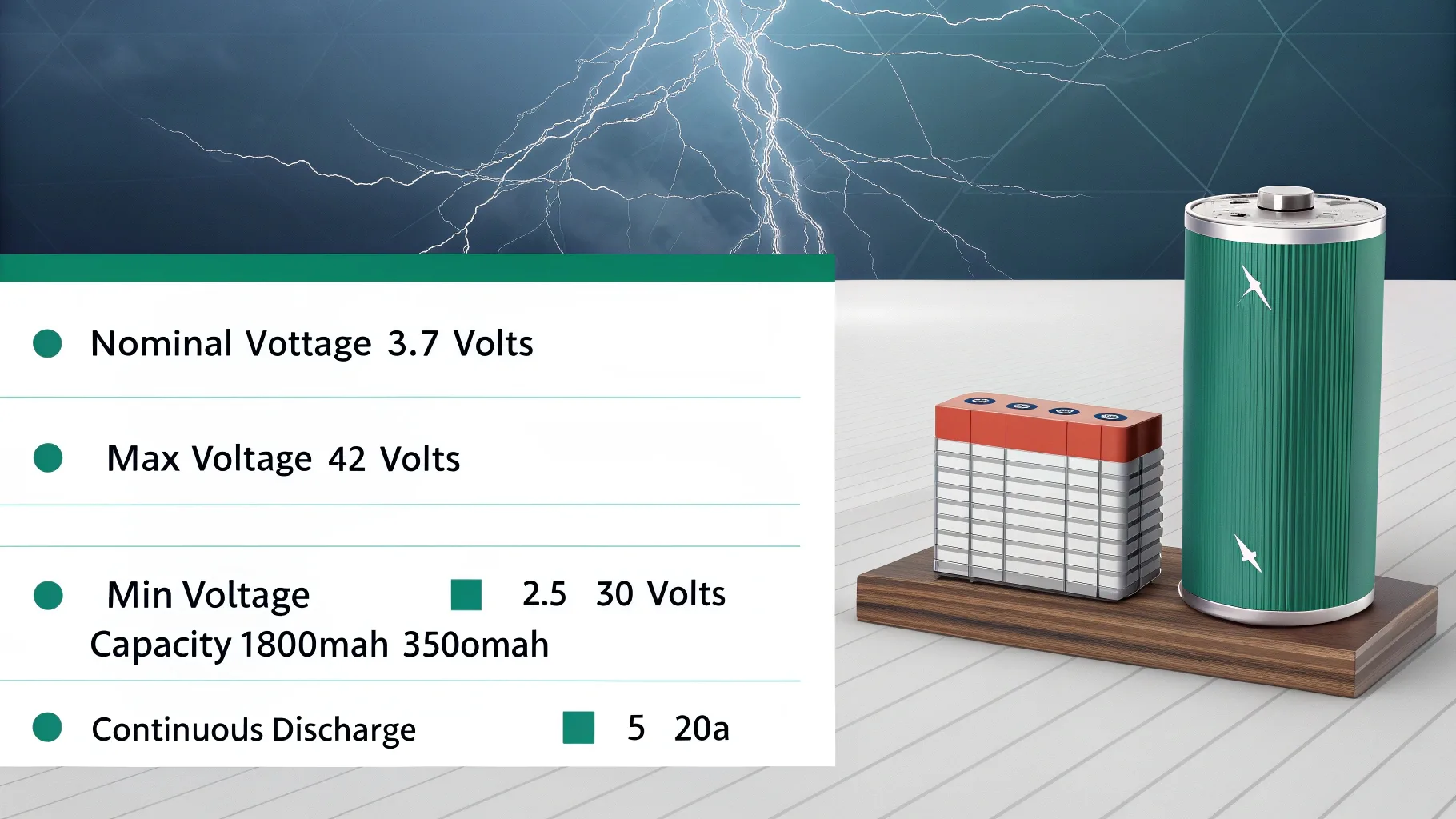
Dive Deeper into Battery Descriptions:
The 18650 battery is named directly after its dimensions (18mm diameter and 65mm length). It's popular in various applications because it balances size, weight, energy density, and performance effectively.
How Many Amps Is an 18650 Battery?
Amperage ratings are crucial when choosing batteries, especially for high-powered uses.
An 18650 battery typically has a continuous discharge current rating2 from 5 amps to 20 amps. Higher ratings are available (30A+), designed for specialized high-drain applications like powerful e-bike motors or advanced vaping devices.
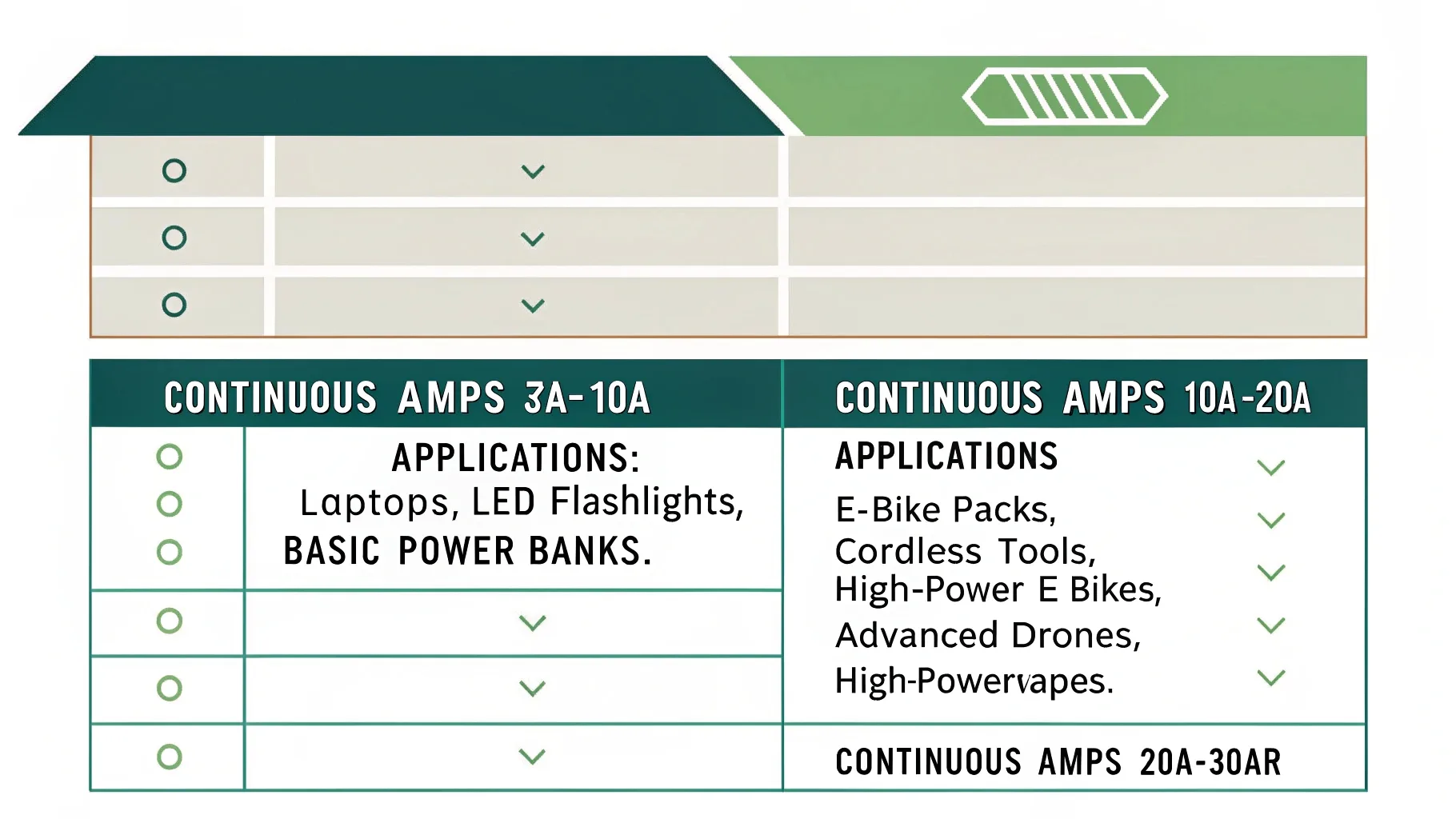
Dive Deeper into Amperage and Applications:
Higher amperage cells (20A–30A) are suited for heavy-duty applications such as high-performance electric bicycles, drills, and other power-intensive devices. Lower amperage (5A–10A) cells are ideal for standard consumer electronics.
Amperage & Applications Table:
| Continuous Amps | Applications |
|---|---|
| 5A–10A | Laptops, LED flashlights, basic power banks |
| 10A–20A | E-bike packs, cordless tools, vacuum cleaners |
| 20A–30A+ | High-power e-bikes, advanced drones, high-performance vapes |
Selecting the right amperage ensures both safety and optimal performance.
How Long Do 18650 Cells Last?
Battery longevity directly impacts your long-term costs and reliability.
An average 18650 lithium-ion battery lasts between 300 to 800 charge cycles, or about 2–5 years, depending on usage, charging habits, and environmental conditions.
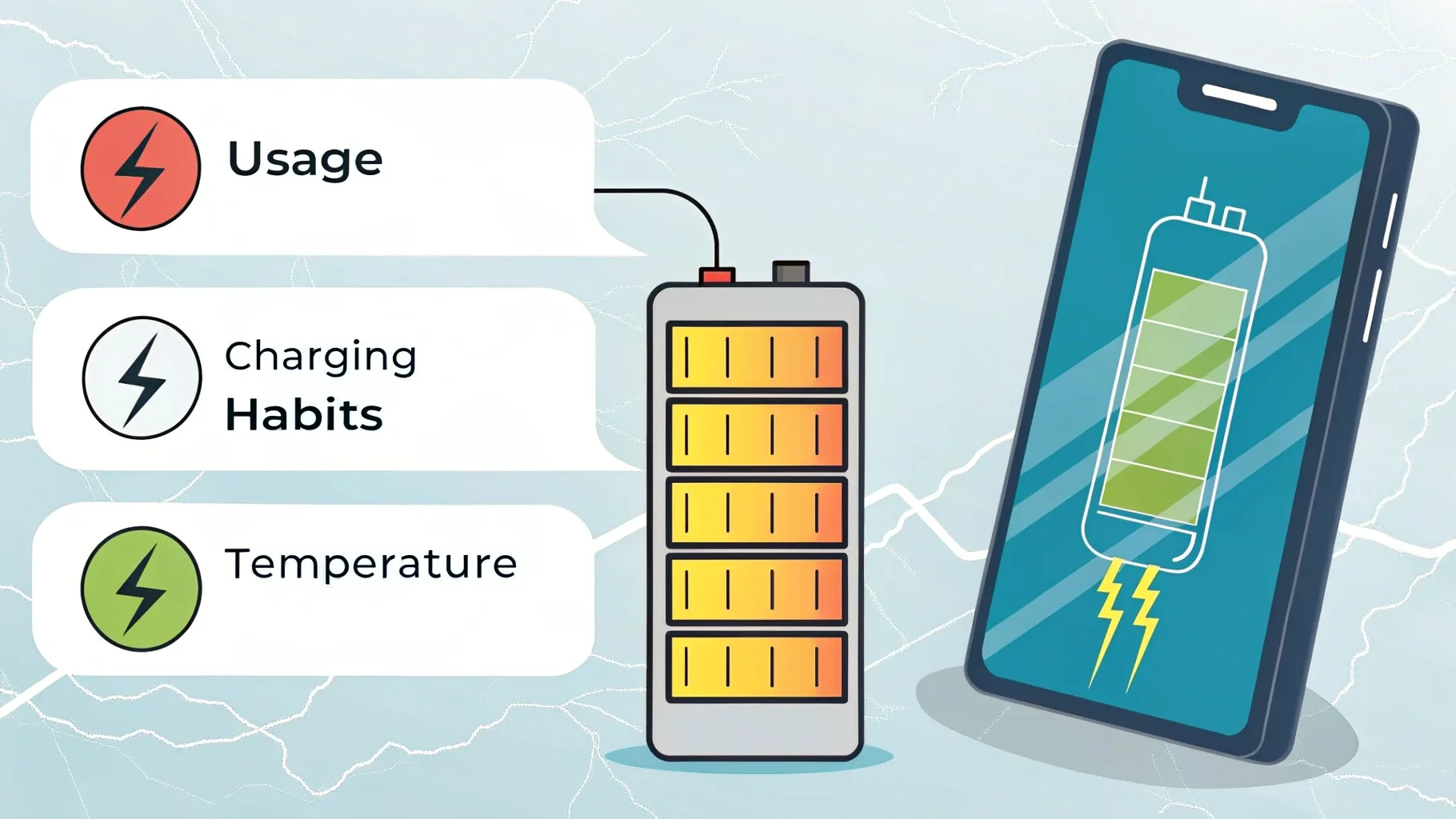
Dive Deeper into Longevity Factors:
Three factors mainly influence battery life:
- Usage: High-drain applications shorten lifespan.
- Charging Habits: Regular partial charging prolongs life.
- Temperature: Extreme temperatures reduce battery longevity significantly.
Practical tip: Storing your batteries in moderate temperatures (10–25°C) and avoiding complete discharges will significantly prolong their lifespan.
What Are the Two Types of 18650 Batteries?
Knowing different battery types helps avoid choosing the wrong cell for your application.
The two main types of 18650 batteries are protected and unprotected. Protected batteries include built-in circuits preventing overcharging and over-discharging, while unprotected cells offer higher capacities and discharge rates but require external safety circuits.
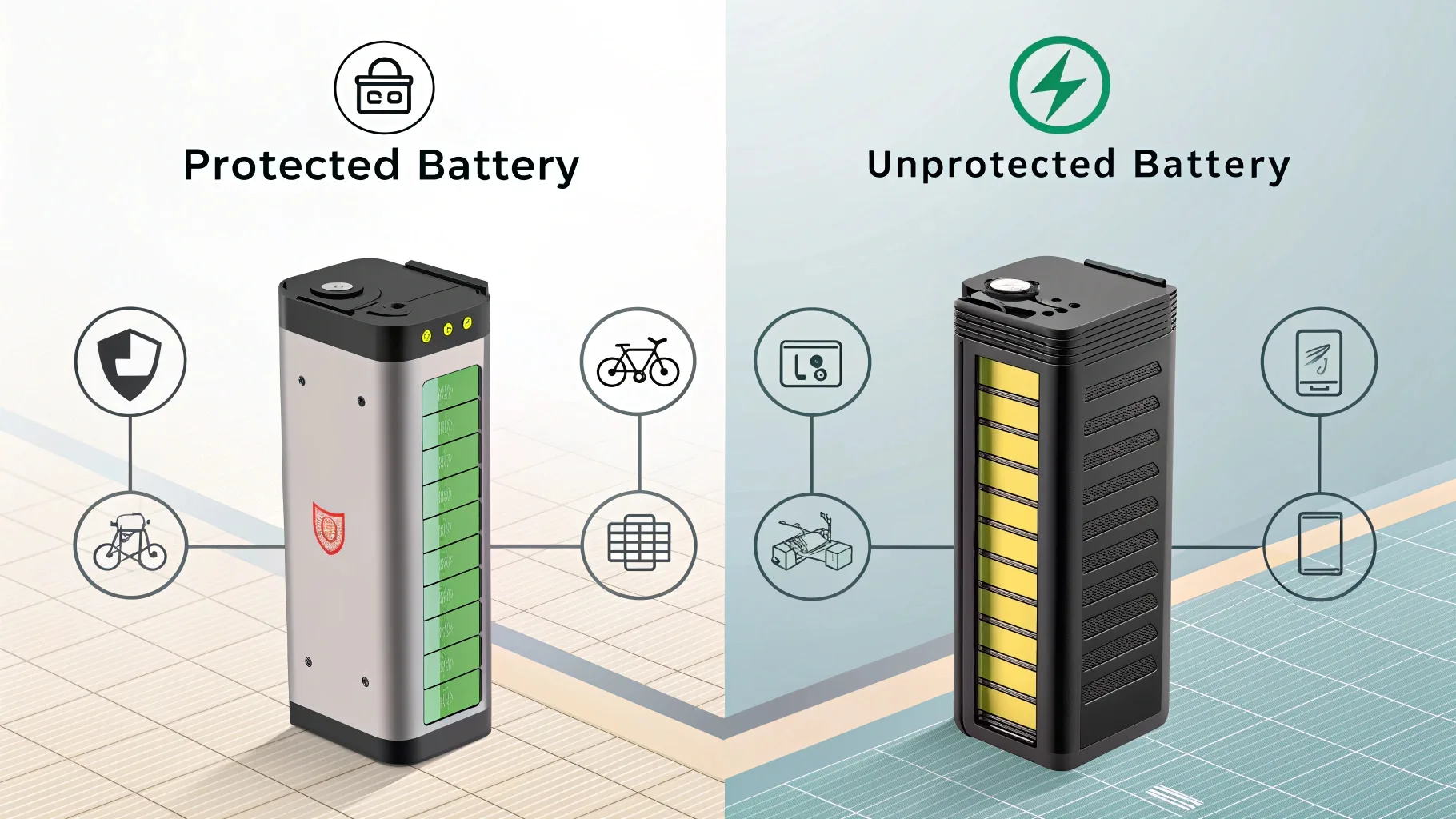
Dive Deeper into Protected vs Unprotected:
Let's clearly compare both types:
| Type | Safety Features | Best Use Cases |
|---|---|---|
| Protected | Built-in protection circuit (PCB), safer for general consumers | Laptops, consumer electronics, standard e-bikes |
| Unprotected | Higher capacities, require external BMS | Custom battery packs, advanced DIY builds, performance e-bikes |
Choosing correctly ensures safety and performance matching your specific application.
What to Look for When Buying a 18650 Battery?
Purchasing mistakes can lead to reduced performance, wasted budget, or even safety risks.
When buying an 18650 battery, always check cell brand (Samsung, LG, Panasonic), capacity (mAh), amperage rating, chemistry (NMC, NCA, LFP), protection circuit presence, and trusted vendor certifications.
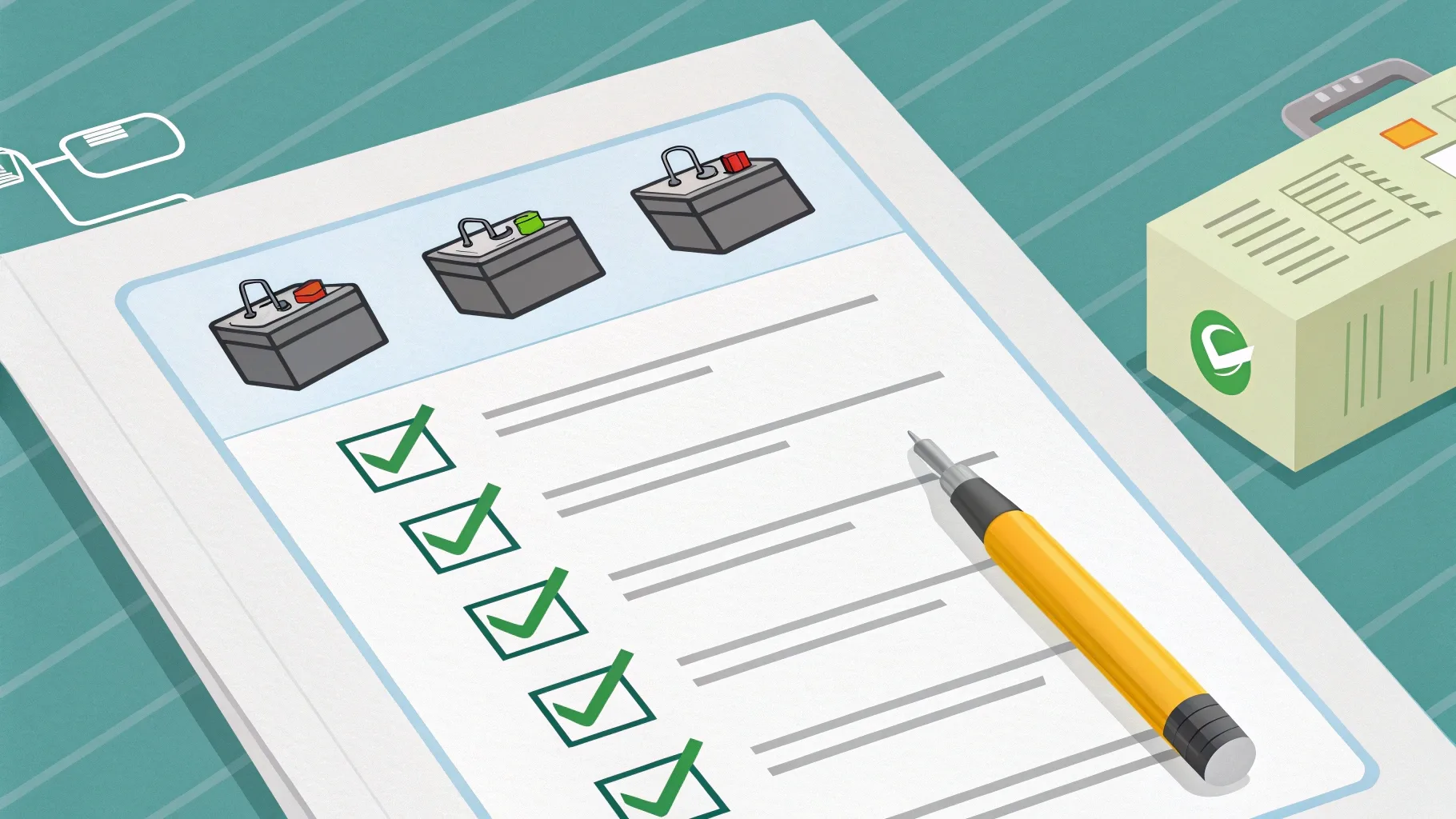
Dive Deeper into Buying Considerations:
Key checklist for your purchase decision:
- Brand: Samsung, LG, Panasonic offer consistent quality.
- Chemistry: NMC/NCA for power-density, LFP for cycle life.
- Protection: Choose protected for everyday devices or unprotected for customized battery packs with dedicated BMS.
- Certifications: Always buy from reputable suppliers providing test reports (UN38.3, CE, RoHS).
Careful consideration ensures your batteries perform safely and effectively.
Conclusion
Clearly understanding 18650 battery specifications helps you select reliable, safe, and high-performing cells perfectly suited to your specific needs.


